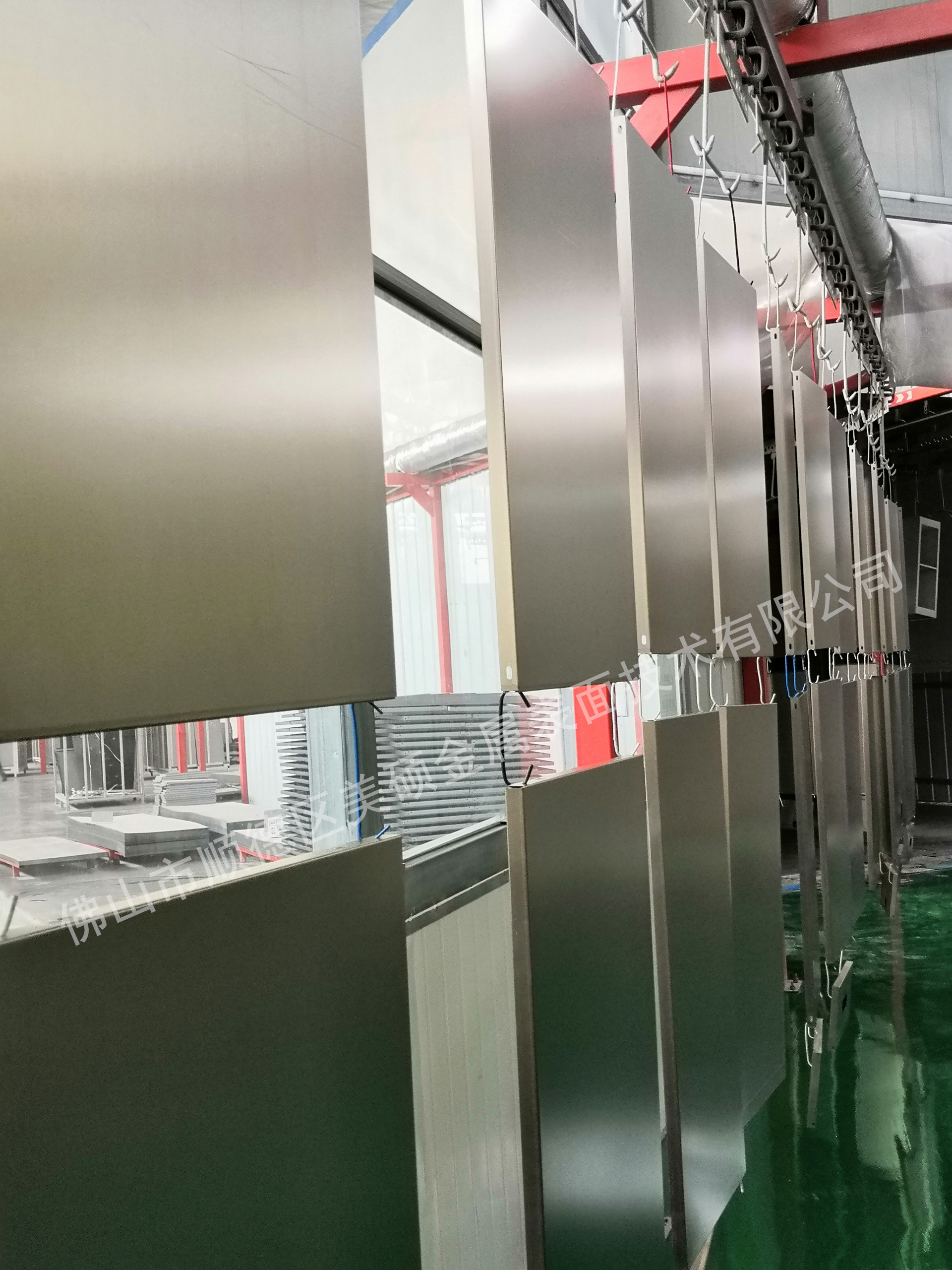No slag phosphating agent generally how to use?
Release time:
2023-03-15 11:47
slag-free phosphating agentIt is a new surface treatment technology popularized in recent years. Because of its many advantages, it has been paid attention to by many people as soon as it comes out,slag-free phosphating agentIt is relatively simple to use, does not need heating, high work efficiency, no three wastes discharge, can effectively improve working conditions, economical and practical, does not require special equipment, and is especially suitable for immersion phosphating process treatment.

In terms of temperature, the so-called normal temperature refers to 15-25 degrees, which is not within this range, not normal temperature. Asslag-free phosphating agentHow to use it is involved.slag-free phosphating agentThe process indicators and adapted processes. If the process is not correct, then the bestslag-free phosphating agentNor will they get satisfactory results. The so-called process flow refers to the actual process of materials in production, such as degreasing, washing, phosphating, etc.
slag-free phosphating agentAfter the treatment of the workpiece for the light gray, the correct use of liquid treatment of the workpiece evenly light gray, no hanging ash, no rust, to achieve satisfactory results.slag-free phosphating agentIn the process of use, the most critical link is the pre-cleaning of the workpiece. The workpiece must be cleaned with degreasing cleaning agent before phosphating. Pay attention to the floating oil film on the surface of the cleaning liquid not to pollute the workpiece again when the workpiece is taken out. If there is rust, hydrochloric acid with a concentration of not less than 15% needs to be used for rust removal, otherwise the phosphating treatment effect will be affected.
Foshan Shunde Meishuo Metal Surface Technology Co., Ltd. is a professional manufacturer of ceramic agent, wax removal water, oil removal powder,slag-free phosphating agent, aluminum passivator, phosphating agent, rust inhibitor, silane treatment agent, rust remover, degreasing agent and other products of enterprises, to meet the needs of users of various surface treatment equipment and process.
Non-slag phosphating agent, phosphating agent
Other News
2023-04-12
2023-02-08
2023-01-10


